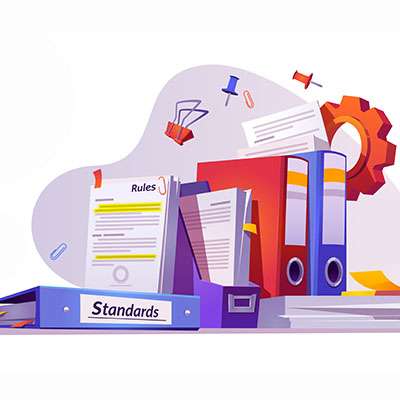Do you remember a FEW years back when remote work went from being a privilege to the norm? It’s been a while since then, but many businesses have adopted hybrid or full remote operations, and as such, they are able to retain a semblance of normalcy even without the return of in-office work.
Some businesses have managed to get back to the state they were in prior to the pandemic, but there is a reason why a lot of businesses are not pushing the issue. Listed below are some of them, and why forcing the issue with your employees is not necessarily a good idea.























